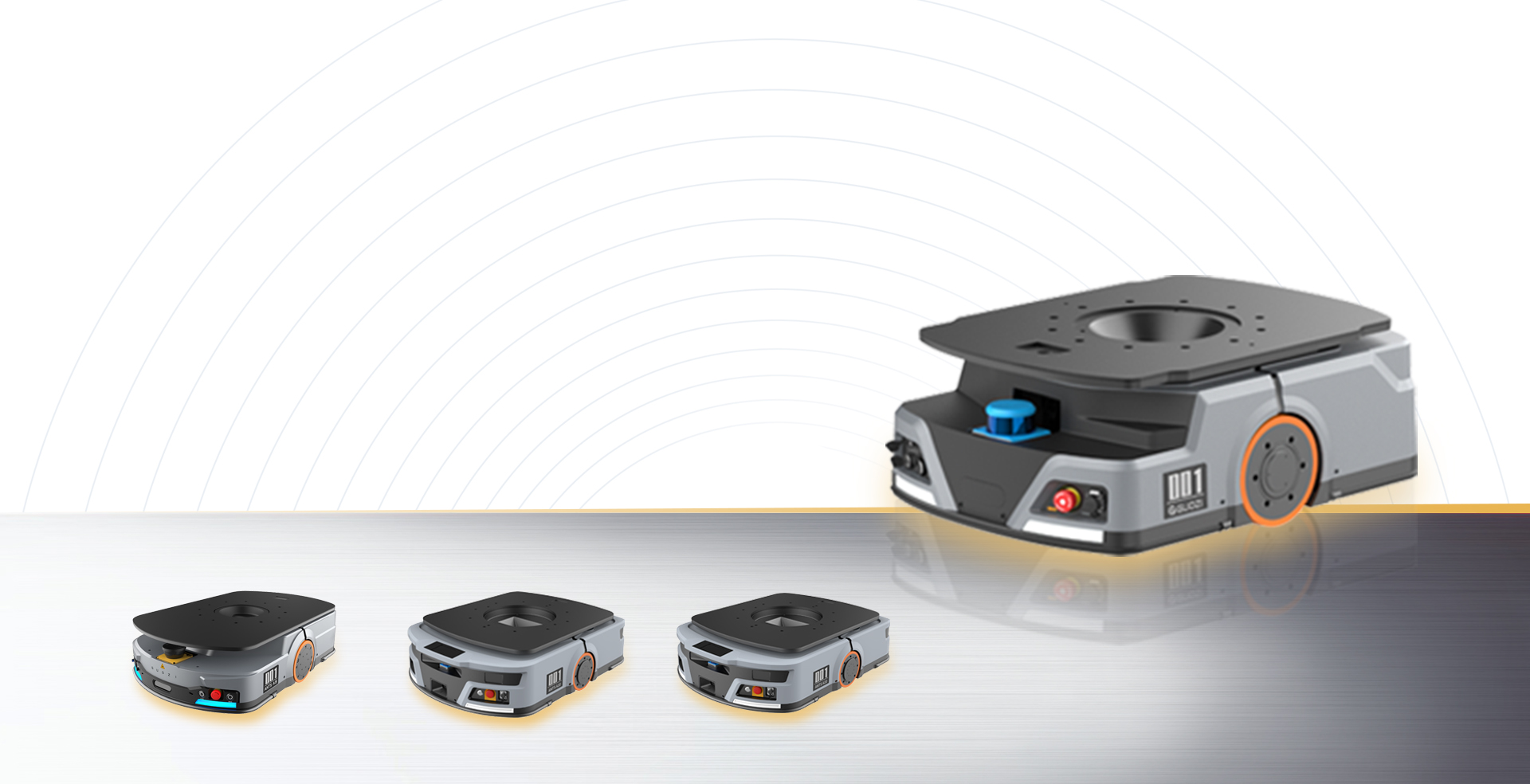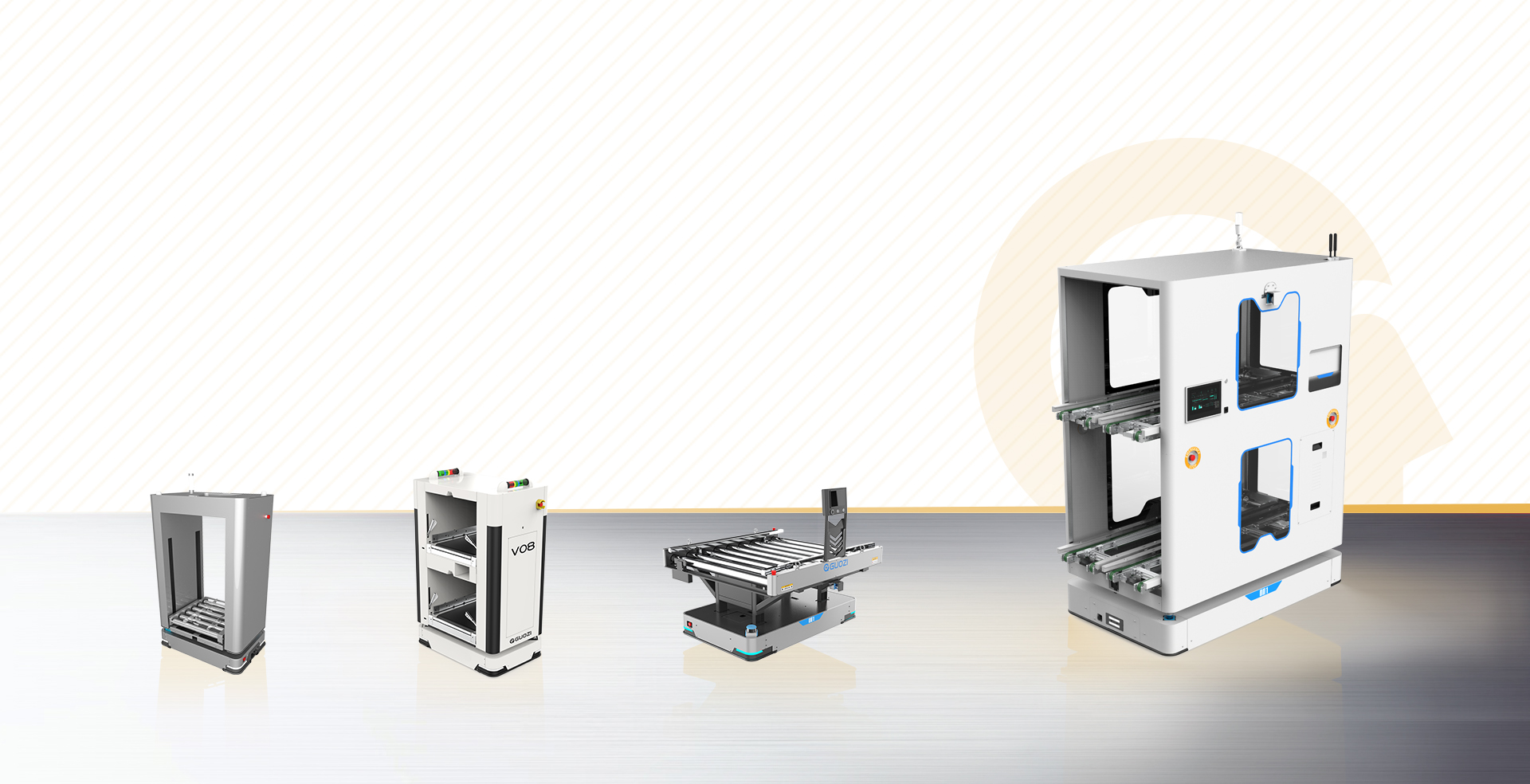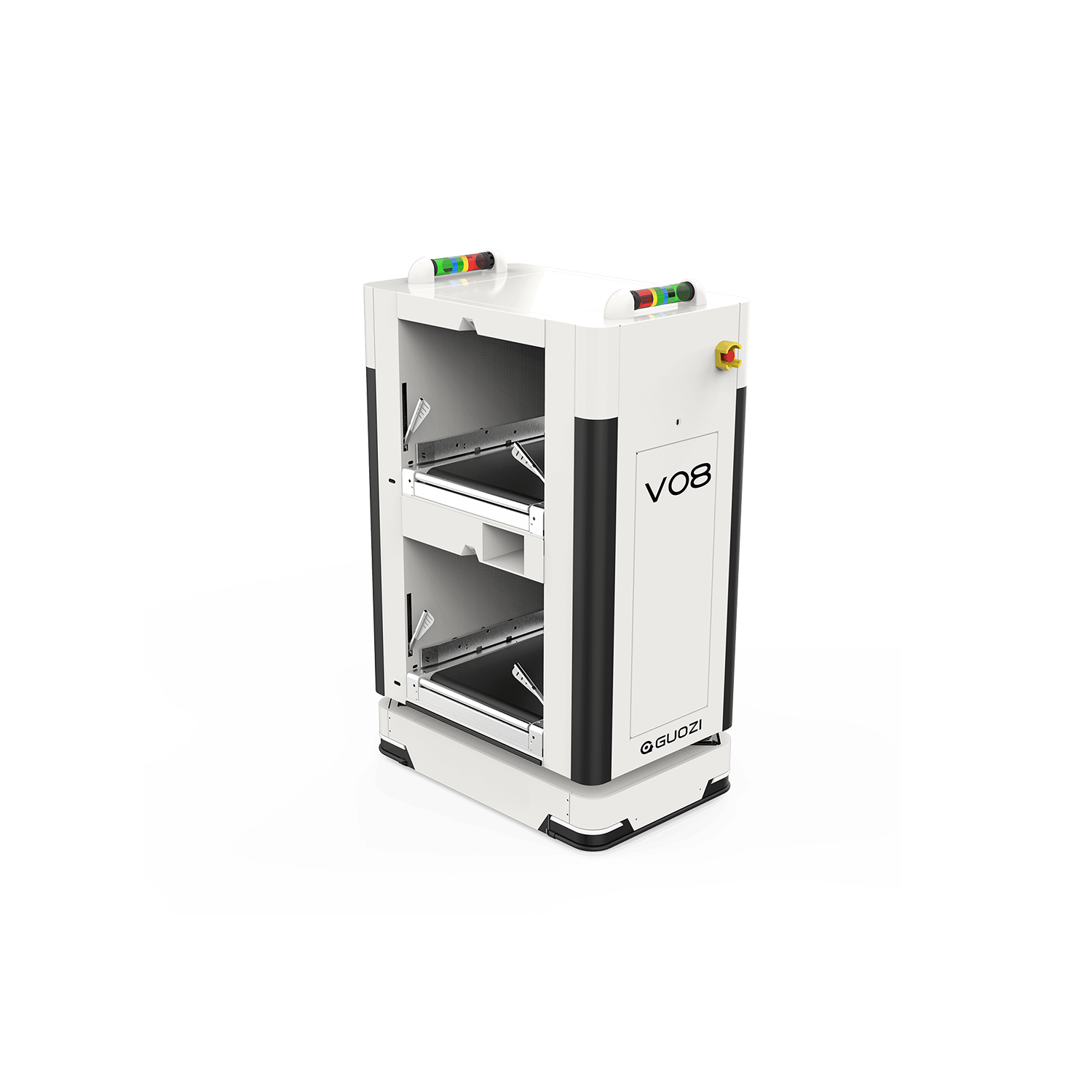Ant robots, as a product of the combination of bionics and modern technology, have been attracting much attention for their unique design concepts and application potential. With the rapid development of artificial intelligence technology and the deepening of the concept of ecological and environmental protection, the design direction of ant robots is also expanding. In this paper, we will discuss the new trend of ant robot design from the perspective of the integration of intelligence and ecology.
Intelligentization: the brain upgrade of the ant robots
Artificial Intelligence Chip: through the implanting an advanced AI chip, the Ant Robot is able to realize more efficient computing and processing power to enhance its intelligence.
Machine Learning: using machine learning algorithms, Ant Robot can continuously learn and optimize its behavioral patterns to adapt to various complex environments.
Autonomous decision-making: intelligent ant robots are able to make decisions autonomously according to environmental changes without external instructions, improving operational efficiency.
Eco-integration: the green mission of ant robots
Environmentally friendly materials: biodegradable or environmentally friendly materials are used in the design of ant robots to reduce the burden on the environment.
Energy self-sufficiency: Utilize renewable energy sources such as solar energy and biomass energy to achieve energy self-sufficiency of the ant robot and reduce carbon emissions.
Eco-monitoring: the ant robot can be used as an eco-monitoring tool to help scientists collect environmental data and protect the ecosystem.
IV. Design innovation: the practice of integration of intelligence and ecology
Intelligent perception system: combined with the deep learning technology, the ant robot can more accurately sense the surrounding environment and realize self-adaptation to complex terrain.
Energy management system: through intelligent energy management, it optimizes the efficiency of energy use and extends the working time of the robot.
Eco-friendly structure: designing a structure that is easy to dismantle and maintain, and facilitates the recycling and reuse of materials.
Application scenarios: exploration of new roles for ant robots
Intelligent agriculture: ant robots can be used as agricultural assistants to carry out work such as crop monitoring, pest control, etc., and to improve the level of agricultural intelligence.
Environmental protection: in ecologically sensitive areas such as forests and wetlands, ant robots can be used for patrolling, monitoring and ecological restoration.
Education and scientific research: intelligent ant robots can be used as educational and scientific research tools to help students and researchers better understand artificial intelligence and ecological knowledge.
VI.CHALLENGES AND OUTLOOKS
TECHNICAL CHALLENGES: The design of intelligent and ecologically-integrated ant robots is faced with technical challenges such as algorithm optimization and material development.
Safety and ethics: as the level of intelligence of ant robots increases, how to ensure their safety and follow ethical norms becomes an important issue.
Market Prospect: With the enhancement of environmental protection awareness and the development of intelligent technology, ant robots have a broad space for development in the future market.
Intelligent and ecological integration brings new opportunities and challenges for ant robot design. Through continuous technological innovation, ant robots will play an important role in the protection of ecological environment and the promotion of green development, and become useful assistants for human society. China should actively layout relevant research to promote ant robot design to a higher level.








